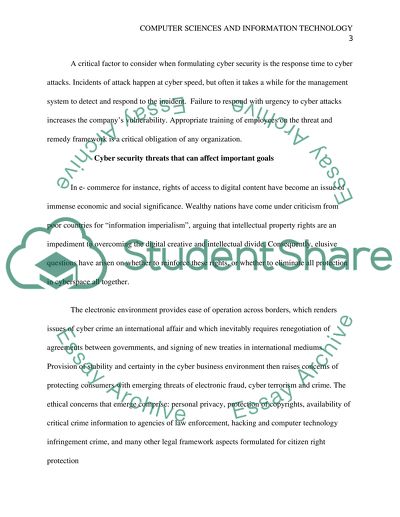Cite this document
(“Cyber security Coursework Example | Topics and Well Written Essays - 1000 words”, n.d.)
Cyber security Coursework Example | Topics and Well Written Essays - 1000 words. Retrieved from https://studentshare.org/information-technology/1463229-cyber-security
Cyber security Coursework Example | Topics and Well Written Essays - 1000 words. Retrieved from https://studentshare.org/information-technology/1463229-cyber-security
(Cyber Security Coursework Example | Topics and Well Written Essays - 1000 Words)
Cyber Security Coursework Example | Topics and Well Written Essays - 1000 Words. https://studentshare.org/information-technology/1463229-cyber-security.
Cyber Security Coursework Example | Topics and Well Written Essays - 1000 Words. https://studentshare.org/information-technology/1463229-cyber-security.
“Cyber Security Coursework Example | Topics and Well Written Essays - 1000 Words”, n.d. https://studentshare.org/information-technology/1463229-cyber-security.


